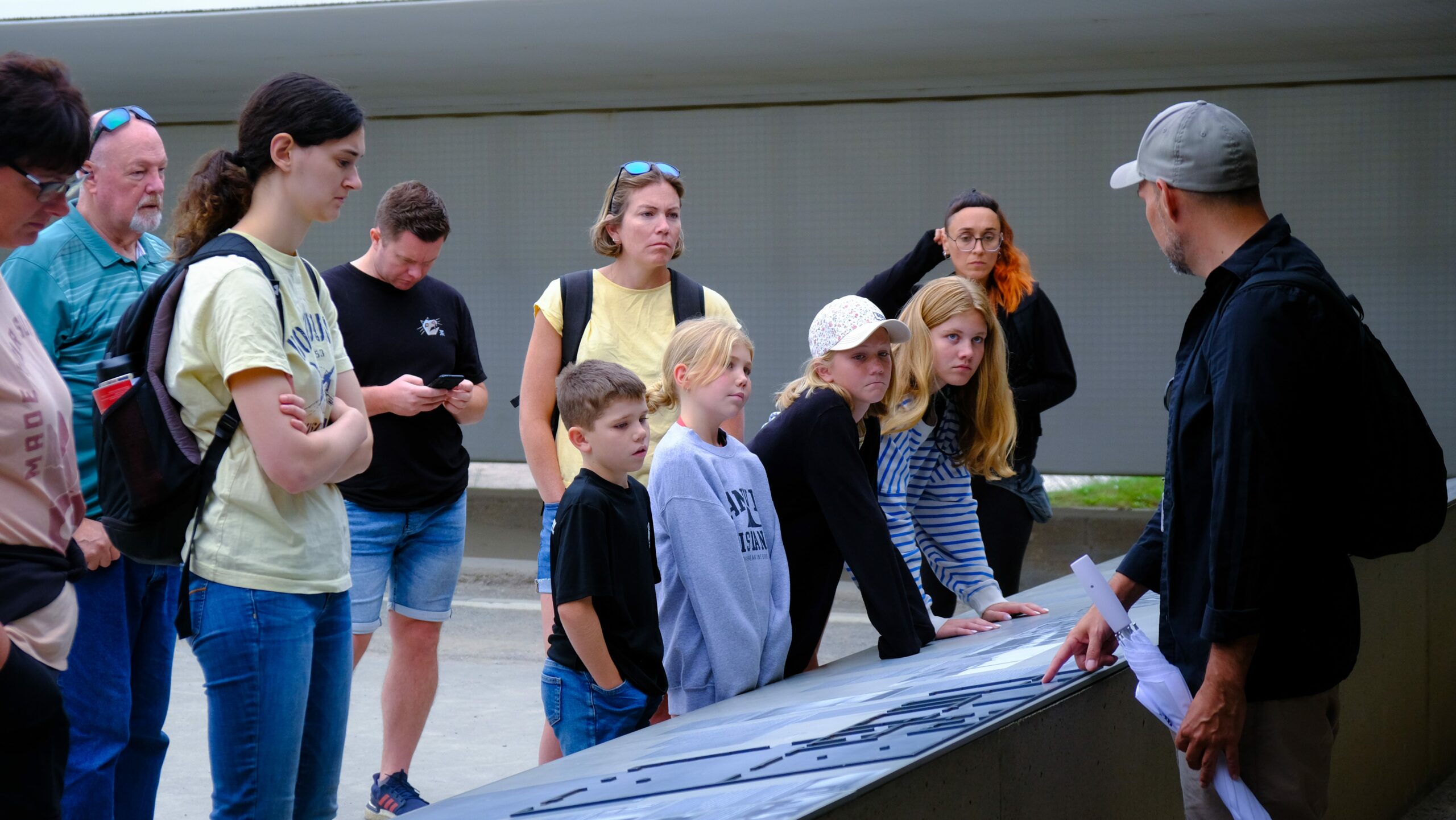Introduction
Here is Budapest, the unique city full of life and history that Europe offers. In this guide, we’ll take you to some of the greatest places in Budapest. Budapest inspires from its history, beautiful sights and its unforgettable dishes.
Budapest, so called “Pearl of the Danube,” unites the peaceful atmosphere of Buda with the lively Pest. Being home to UNESCO recognized places and enjoying a lively culture, attracts tourists to its friendly locals. If medieval sites, thermal baths or the city’s unique nightclubs tempt you, this guide will help you get the most out of your first visit to Budapest.
1. How I made it to Budapest
It’s important to find out the transportation options for getting to Budapest before you leave. As the capital city, Budapest is served by planes, trains and buses from big cities throughout Europe. You can fly into Budapest through either Budapest Ferenc Liszt International Airport or Budapest Airport T2. Flights can be found from different corners of the globe at these two airports.
For those who like train travel, Budapest is well connected by rail. There are three main railway stations in the city and trains come to Keleti, Nyugati and Deli. In the same way, Budapest is linked by bus to a number of neighboring countries.
Because it is easy to get to, Budapest is a great place to start your European travels. Flying into Budapest? Ferenc Liszt International Airport is 16 km from the city and you can easily reach it by shuttle, taxi or bus. You can find frequent Ryanair and Wizz Air flights from cities such as London or Berlin. Viagem por comboio com a ÖBB ou RegioJet chega à capital, da-nos belos vistas e é um viagem barata, com a saída no Keleti. FlixBus and similar firms connect Budapest to either Bratislava or Krakow, delivering their passengers to Népliget station in Budapest. While in the city, the metro, trams and Bolt help you get around easily.
2. Looking around Buda and Pest
The city is split into Buda and Pest by the Danube River. Both sides give gamers different experiences.
2.1 Buda
Famous historical attractions on the western bank, close to Buda on the river, are Buda Castle, Fisherman’s Bastion and Matthias Church. The views of the city from the Castle District are amazing and it’s a place to learn about Hungarian history.
2.2 Pest
The vibrant heart of the city is the area known as Pest. You’ll find lots of people, trendy places to eat and drink and exciting nightclubs in this area. St. You will discover many must-see sights in Pest, including Stephen’s Basilica, the Hungarian Parliament Building and Heroes’ Square.
Buda with its hills and old streets maintains an old-world attraction. Offering fantastic views from its terraces, Buda Castle is a UNESCO site and is home to the Hungarian National Gallery. Any history lover or photographer would enjoy Fisherman’s Bastion with its whimsical towers and boldly colored Matthias Church. Pest is full of energy, moving and changing all the time. The Parliament sparkles by the Danube, but nearby, Heroes’ Square pays homage to Hungary’s founders through beautiful statues. Andrássy Avenue, known as Pest’s most stylish street, is full of cafes and shops that go right into City Park.
3. Thermal Baths and Spas are important attractions in the area.
There are many thermal baths and spas that give Budapest its fame. Thermal waters rich in minerals are relaxing and have many positive effects on your health. A lot of tourists prefer the Széchenyi Thermal Bath, the Gellért Thermal Bath and the Rudas Bath. Relax in the soothing waters after spending the day outdoors.
The city’s thermal baths which get their water from more than 100 natural springs, are a result of Roman, Ottoman and Austro-Hungarian cultures. You can spend plenty of time socializing in the large pools at Széchenyi, while Gellért’s beautiful Art Nouveau style gives you a special retreat. Thanks to its 16th-century Turkish dome, Rudas emits a rich sense of history, most noticeably when it is used at night. The mineral-rich water that is around 35–40°C helps ease muscles and stress, so people from both near and far consider baths a cultural tradition for health.
4. Hungarian Cuisine
You should try the local foods when in Budapest. Some of the must-tries include hearty goulash and sweet chimney cakes. Make sure to sample traditional foods such as lángos, paprika chicken and kürtőskalács while you’re visiting Hungary.
The cuisine of Hungary is hearty and bright, mostly thanks to paprika. A spicy stew called goulash is usually offered as a favorite dish at kocsma like Kőleves. At Central Market Hall, you’ll find that lángos—crispy and paired with sour cream—is a popular street snack. Paprika chicken and nokedli dumplings represent the classic Hungarian feeling for rich and tasty dishes. Quickly eating a caramelized and sweet Kürtőskalács on Váci Street or at any nearby street festival is a popular treat for those curious about what’s on display.
5. Experiencing Ruin Bars
Budapest is well-known for its unusual ruin bars. Since they are built in old buildings or yards, these bars have their own style and tone. Local people and visitors both enjoy stops at Szimpla Kert and Instant. Wander through the unusual establishments, order a glass and take part in the lively nightlife of Budapest.
The early years of this century saw the Jewish Quarter’s ruin bars turn into the city’s main nightlife attraction. Szimpla Kert brings together all kinds of vintage items—including bathtub seating and TV sets—and has a long list of craft beers to try. Now online, Instant is jointly run with Fogas Ház and gives clubbers several rooms with DJs and a place to dance. Inside their crumbling tenement homes, these bars reflect Budapest’s love for art, converting age and wear into something new and interesting for all kinds of people.
6. Learning about Hungarian Culture
Both language and cultural practices in Hungary are unique and colorful. Family can join a traditional folk dance or visit some of the city’s museums, for example, the Hungarian National Museum or the Museum of Fine Arts. You will better understand and appreciate Budapest by exploring its local customs.
Hungary’s culture blends Magyar roots with influences from its tumultuous history. Folk dance performances, like those at the Budai Vigadó, showcase vibrant costumes and music. The Hungarian National Museum traces the nation’s story from ancient times to the present, while the Museum of Fine Arts, on Heroes’ Square, displays masterpieces by Goya and Monet. Engaging with locals, perhaps over a coffee at Gerbeaud, reveals their pride in their language and traditions, enriching your Budapest experience.
Conclusion
Budapest, the original city that combines the historical charm of Buda and the vibrant energy of Pest, offers endless possibilities for exploration. From architectural marvels to immersive cultural experiences and relaxing thermal baths, Budapest has it all. Start planning your trip to this extraordinary city and get ready to create unforgettable memories that will last a lifetime.
Budapest is a city that captivates with its beauty, history, and warmth. Whether you’re gazing at the Danube from Fisherman’s Bastion, soaking in Széchenyi’s thermal waters, or dancing at a ruin bar, every moment feels alive with possibility. This beginner’s guide is your starting point to uncover Budapest’s magic—embrace the adventure, and let the city steal your heart.
Table of Contents




